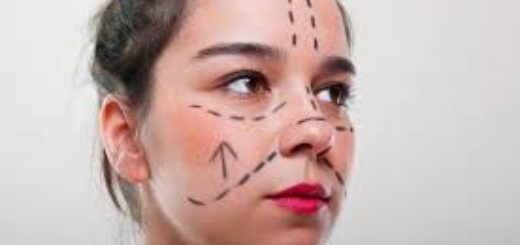FAQs about Hair Transplant Cosmetic Surgery
1. What are the reasons for male pattern balding?
Ans: The tendency towards male pattern balding is genetic and can be inherited from either the mother or father. While there are several causes of hair loss, nearly 95% of all hair loss is caused by a condition known as “androgenetic alopecia”.
2. What is Androgenetic Alopecia?
Androgenetic Alopecia is the most common form of hair loss and is known more readily in men as “male pattern baldness”. It is a progressive disease which, once begun, worsens with age. There are several factors which lead to the onset of this condition, including genetics, age, and the presence of the male hormone dihydrotestosterone (DHT).

3. Why are some women not candidates for Hair Restoration surgery?
Hair transplantation involves the movement of hair from an area of greater density and fullness in the back of your scalp to an area of hair loss in the front, top or crown. Women who have generalized thinning have hair that is thin all over the head, and it may not be beneficial to transplant hair that has been weakened by the balding process. When hair is transplanted into a part of the scalp that is thin, but not completely bald, there is a risk that some of the hair in the recipient area is more fragile and some or all of the original hair in this area may be lost. This process is called “telogen effluvium” and when it occurs, it is usually reversible in a 3-6 months period when the hair that has been lost has been weakened by balding.
4. What is hair weaving, hair bonding, and hair fusion?
Hair weaving is tying a wig on the head with silk thread knots. Hair bonding is holding the wig on the head with clips and hair fusion is sticking a light weight nylon wig with a double sided sticking tape. These are all temporary methods. Prolonged use causes bad hygiene, pull out and avulsion of the anchoring hair and excoriation of skin. These methods are not practiced by any plastic surgeons or any doctors.

5. Is there a minimum age for hair loss surgery?
Since hair loss does not place age restrictions on who it hits, there is no limit on when you can begin treating it. Patients actually range from 21-80 years old. If you are noticing hair loss at a young age, you are encouraged to address it sooner than later. Getting a head start, while you still have quite a bit of naturally growing hair, will help your surgeon more successfully cover the work while newly transplanted hair gradually grows in. What’s more , there’s really no reason to wait to treat your hair loss, since it’s not a condition that just stops at any certain age. It’s an ongoing process around which your surgical restoration can be customized.
6. In one procedure, how many grafts can be provided?
In a single procedure, we can perform as many as 3000 grafts, depending on of course the quality of the donor hair. However, 2200 or so grafts is more common as most patients neither require nor desire more. However a 2000-2200 graft session (approx. 4500 hair) is more common as most patients neither require nor desire more.

7. Will smoking affect my hair transplant procedure?
Smoking causes constriction of blood vessels and decreased blood flow to the scalp, predominantly due to its nicotine content. The carbon monoxide in smoke decreases the oxygen carrying capacity of the blood. These factors may contribute to poor wound healing after a hair transplant and can increase the chance of a wound infection and scarring. Smoking may also contribute to poor hair growth.
8. Wouldn’t the bare scalp be showing in the back of my head once the donor hair is taken?
No! The elasticity of the scalp helps us ensure that it won’t. After the donor strip is removed, the skin around it is easily pulled back together and sutured. Any minor scarring that results in naturally hidden underneath the hair on the back of the head. All signs of hair transplant surgery are camouflaged.
Dr. Ashok Pandey from Bombay Cosmetic Clinic is a celebrated and revered personality in the field of cosmetic surgery. Currently conducting his cosmetic and aesthetic surgery practice in Navi Mumbai, he is associated with number of leading hospitals across the city where he regularly imparts his services to the needy.
Such is his expertise in his field of knowledge that he has successfully conducted more than thousand cosmetic practicing in South Mumbai and Navi Mumbai and plastic surgeries in his career so far.


